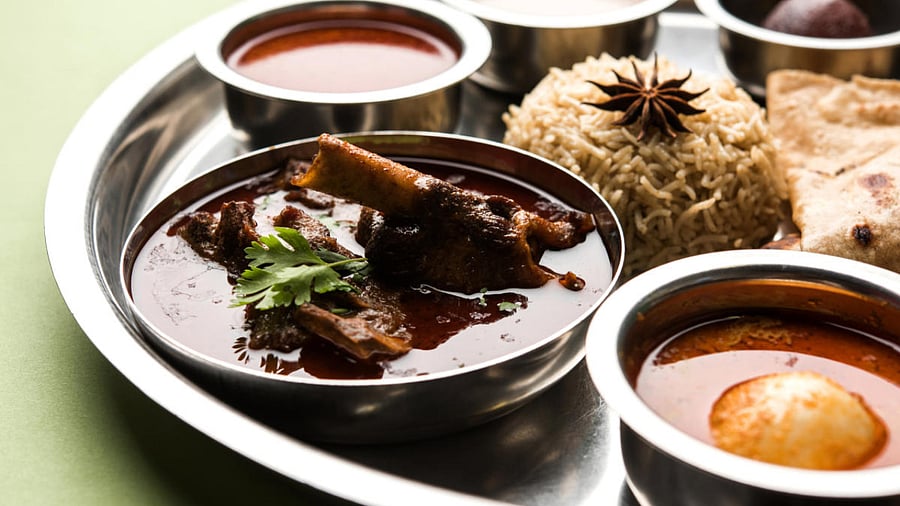
Repetitional image for food.
Credit: iStock photo
Swiggy's annual report, "How India Eats" forecasts the country's food service market to cross $125 billion by 2030, with the organised sector growing twice as much as the unorganised sector.
The report in partnership with Kearney reveals the evolving food habits of the Indian consumer.
According to the report, the Indian consumer is experimenting more. There is a 20 per cent growth in unique cuisines ordered per customer, and 30 per cent growth in restaurants ordered from per customer.
Commenting on the report, Rohit Kapoor, CEO at Swiggy Food Marketplace said, “In a span of just over a decade, the industry has seen disproportionate evolution."
He further said food service is also being shaped by quick commerce.
"Expectations on speed are being shaped by quick commerce; for instance, our 10-minute food delivery service Bolt contributes over 10% of platform orders."
Kapoor added that Indian consumers are open to exploring unique cuisines while also demanding affordability and familiarity in Indiana and Italian food.
"On one hand, consumers are demanding affordability in familiar cuisines like Indian and Italian, and on the other hand, adopting Matcha and Boba Tea like never before. And our restaurant partners are keeping pace, with QSRs and cloud kitchens projected to grow at a CAGR of 17%+, nearly 1.5x of organized food services growth. I am really excited to see what the next decade has in store for all the stakeholders in this dynamic space,” he said.
What is India eating?
Indians are rediscovering hyper-regional cuisines like Goan, Bihari and Pahari, which are growing more than thrice compared to mainstream cuisines. Even local beverages like buttermilk and sharbat are seeing an increased level of demand. Tea has also grown three times of overall beverages, while roadside vendors have benefited by this.
This has led to global Quick Service Restaurants to expand menus satiating the Indian tongue. This includes the Khatta cold brew at a Starbucks, or a Chilli Guava drink at a McDonald’s.
While ultra-regional cuisines are gaining popularity, global cuisines are becoming mainstream.
Korean, Vietnamese and Mexican cuisines reported growth of 17 times, 6 times and 3.7 times, respectively. Additionally, Peruvian and Ethiopian food have made their debut in the list.
In beverages, Boba Tea and Matcha Tea have seen an 11 times and 4 times surge in search volumes, respectively, in the last five years.
In urban, social media-savvy India, dishes like sushi, tacos and Korean BBQ are becoming weeknight staples.
How is India eating?
Swiggy's report suggests that Indulgence and health are seemingly dichotomous, yet simultaneous, trends.
Further, increasing number of people are satisfying their late night cravings. Meal consumption post 11 pm is growing three times more than that of dinner, with pizzas, cakes and soft drinks seeing the highest demand at the time.
Though late night snacking is on the rise, healthy and better-for-you meals are growing at more than two times faster than that of overall orders. These meals focus on increasing protein intake, watching calories and cutting down on added sugar.
India's food service market
According to the report, organised segment will drive over 60 per cent of the overall growth in food services, and overtake the unorganised segment.
In terms of economy, food services sector has a massive potential to grow, with contribution of 1.9 per cent to GDP in India, vs. 5 per cent in China and 6 per cent in Brazil.
